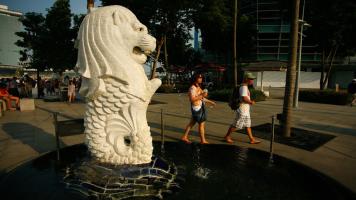
Article
Singapore’s Built Environment Traps Heat in Surprising Places
When it comes to designing for heat, sustainable solutions, such as incorporating the natural environment into the design, should be paramount.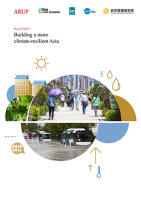
Publication
Post-COP27: Building a More Climate-Resilient Asia
This paper examines scientific findings on climate change and formulates appropriate policies and strategies to adapt to and mitigate the worsening impacts of extreme weather events.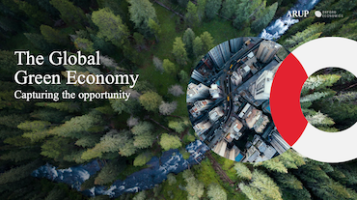
Publication
The Global Green Economy: Capturing the Opportunity
This report explores how governments, investors, and communities can understand the opportunities promised by green economic strategy and take action to build sustainable prosperity.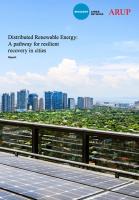
Publication
Distributed Renewable Energy: A Pathway for Resilient Recovery in Cities
This report focuses on the practical steps cities can take to turn renewable energy systems that generate and distribute power independently into resilient infrastructure that creates benefits.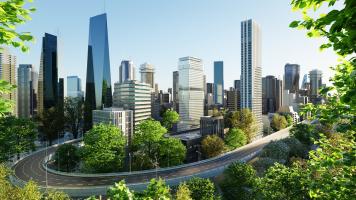
Article
How Cities Can Embrace Nature and Meet Their Net-Zero Goals
Allowing plants to grow on a building's exterior is a low-cost way of providing shade and lowering the need for cooling.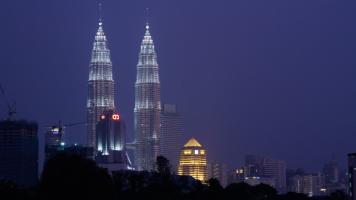
Article
Exploring Opportunities for Clean Growth in Malaysia
The Clean Growth Handbook Malaysia identifies opportunities to introduce or scale clean growth in four priority sectors—power, transport, buildings, and manufacturing.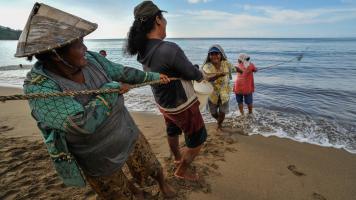
Article
Protecting Coastlines and Communities with Nature-Based Solutions
Coastal nature-based solutions are interventions designed with nature to restore ecosystems, reverse biodiversity loss, manage water quality, and tackle the effects of climate change on infrastructure and society.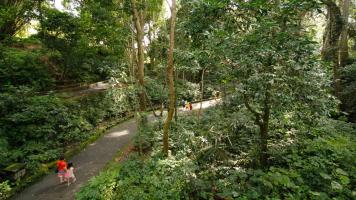
Article
Rebalancing and Restoring Our Relationship with Nature Entails Adopting Regenerative Design
Regenerative design aims to combine the needs of humans with those of the planet, while ensuring social and economic benefits for all.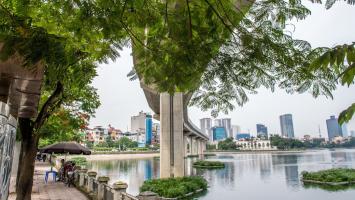
Article
How Do We Get Emerging Economies to Invest More in Large-Scale Nature-Based Solutions?
Nature-based solutions that protect ecosystems such as forests and oceans are widely accepted as the way forward to address the climate emergency.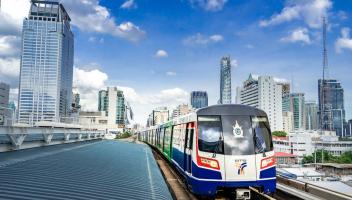
Article
